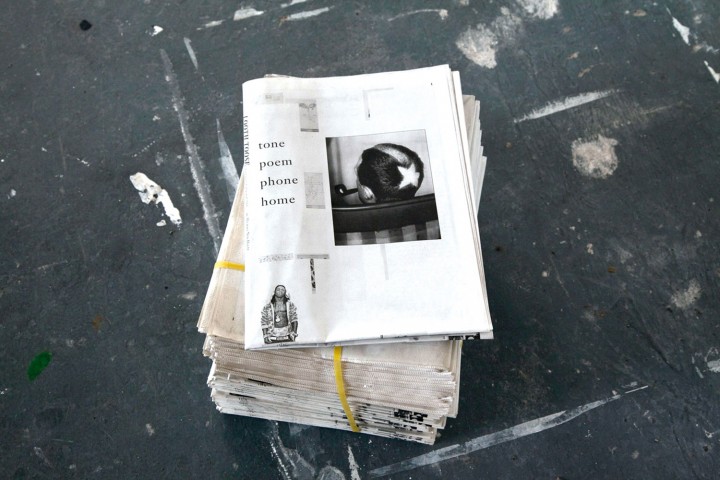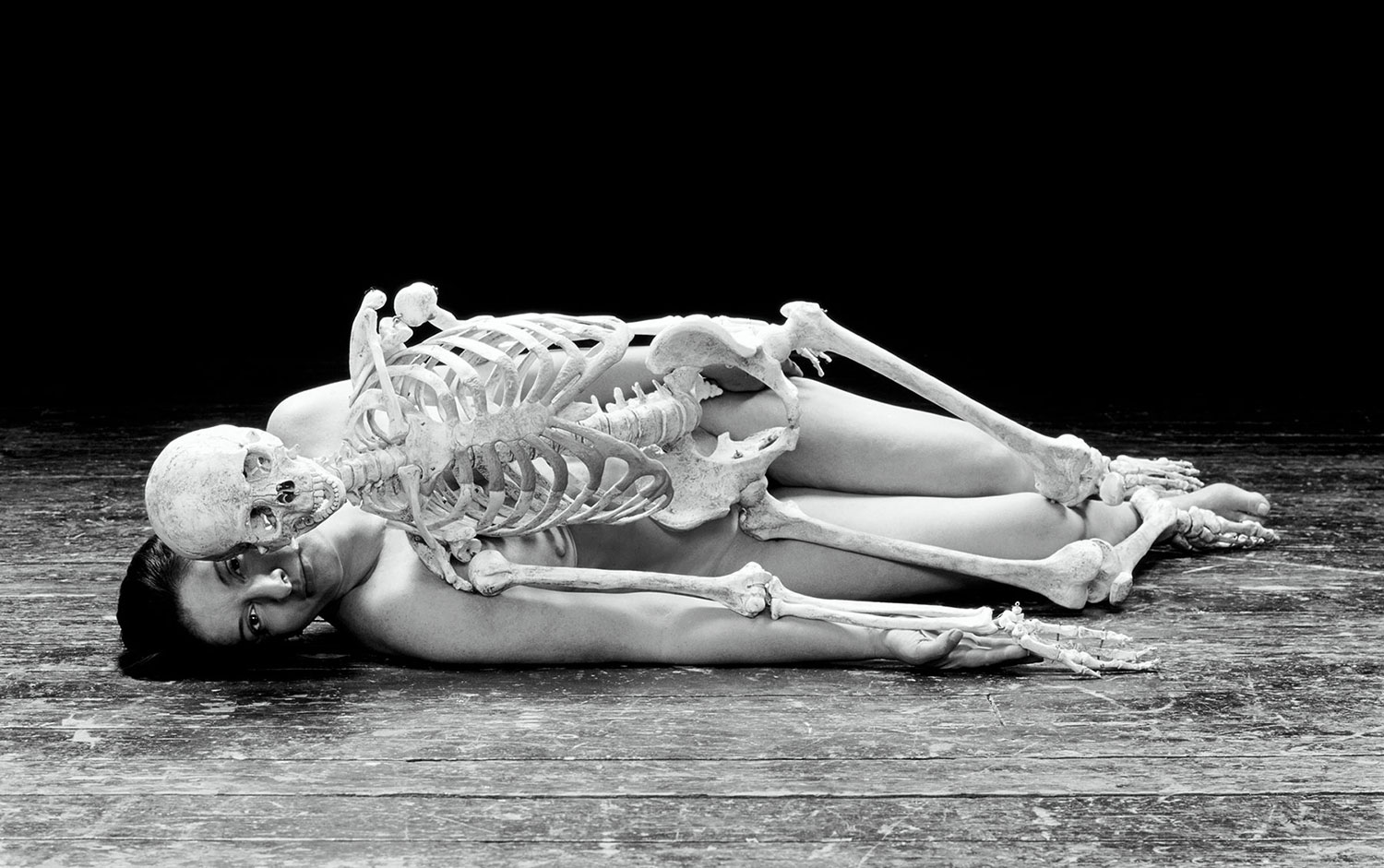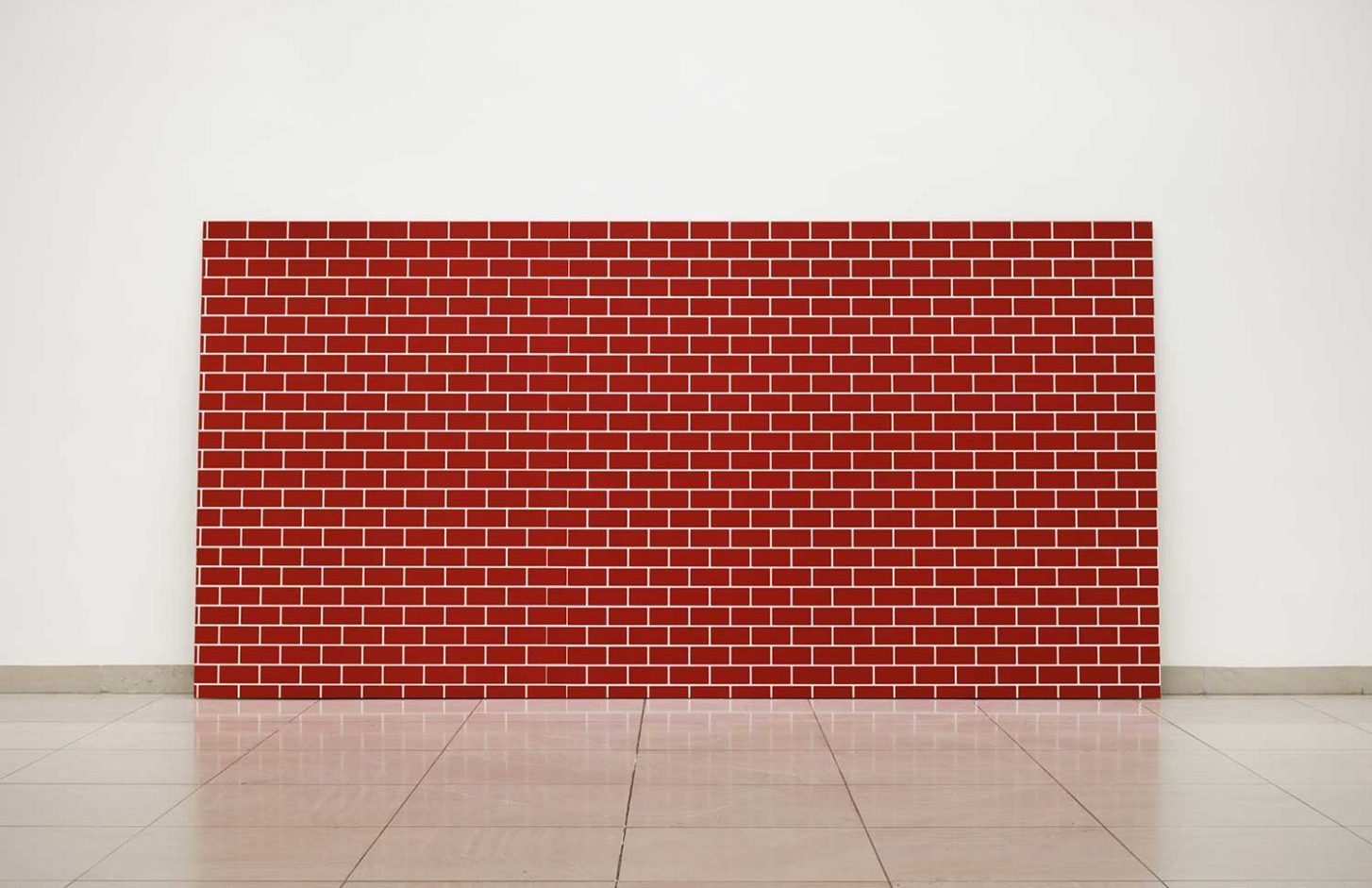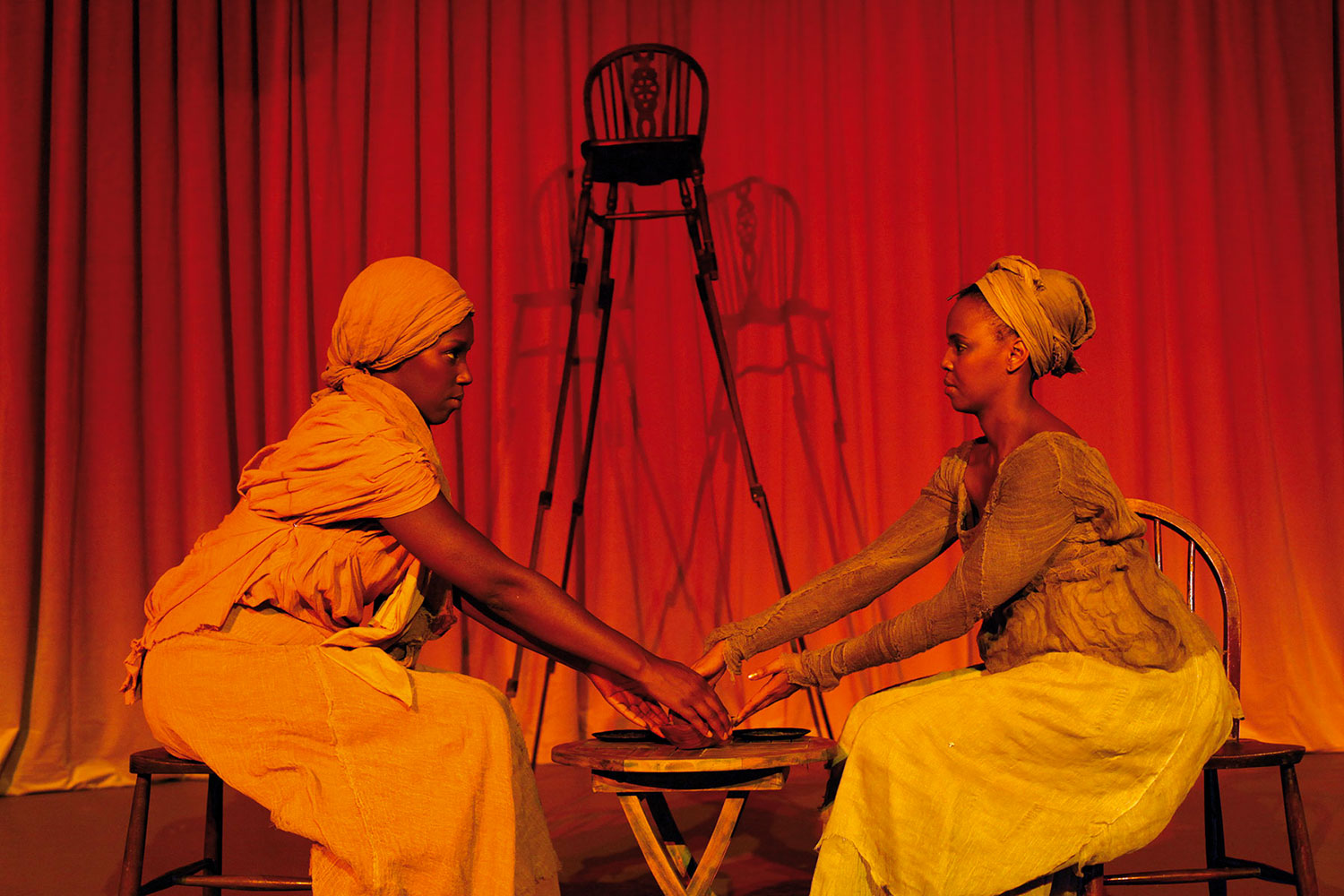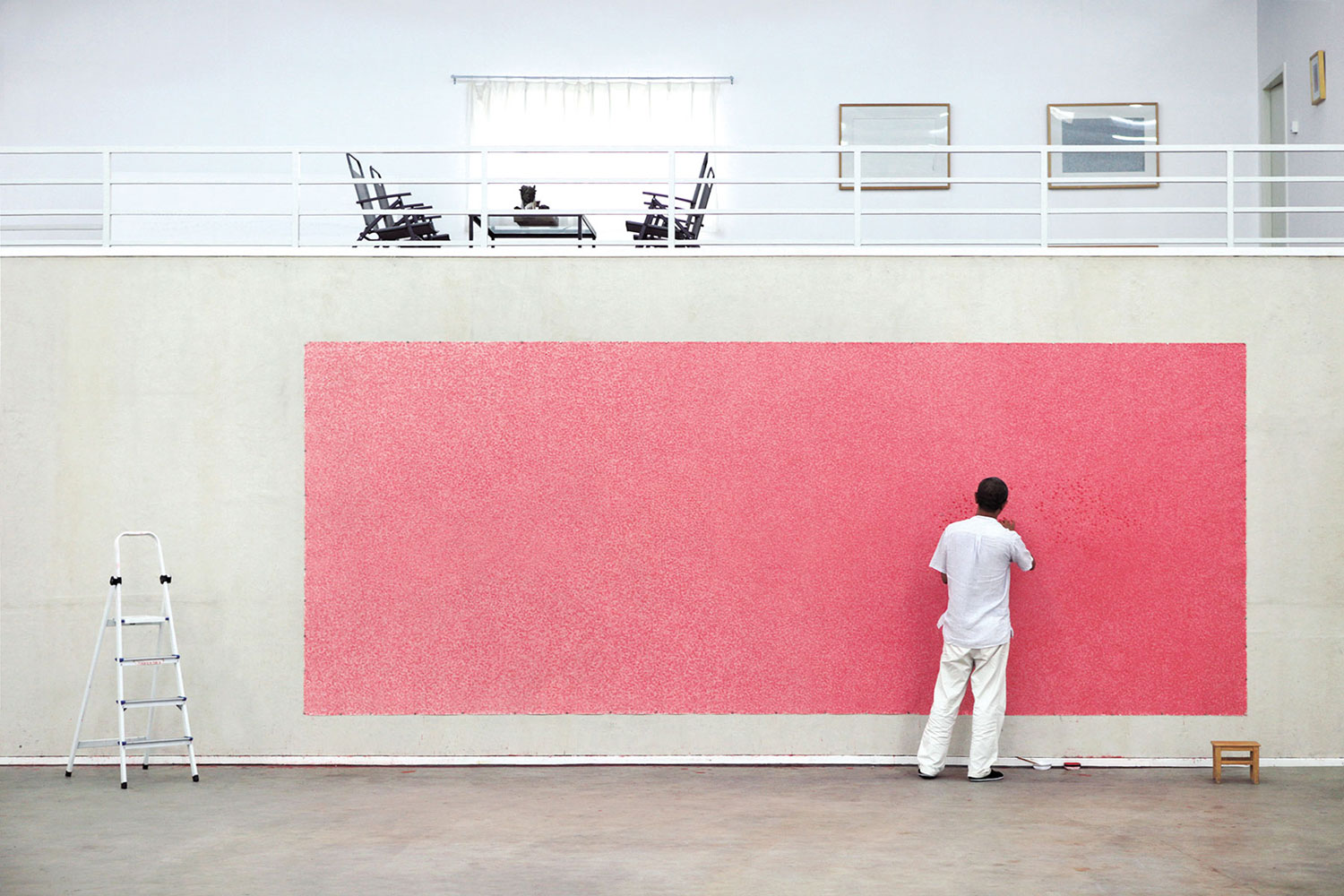
P & CO.: In 2010, P & Co. started with the intent to produce a community newspaper with a shifting title, always named after a cultural figure from history (Matisse, Marcel, Sara & Gerald [Murphy]), and our next issue will be titled Joan. As a curatorial-cum-editorial collective of sorts, we are producing a basic (you could say primitive) newspaper in print. We’re deeply interested in the myth of the artist community, which has tended to be constructed from the outside, by people not in the trenches. Growing from the complexity of working within a community of sensitive minds in Los Angeles, we approach the publication with a degree of playfulness and absurdity while still offering up a space for so-called serious writing. Such a position allows us to introduce subjects that would otherwise not fit into the model of some of the bigger art and culture magazines. We’d like to believe our position has some mild degree of deviance to it. All that said, at this point in time, it’s naive to assume that deviance in art could disrupt production, somehow not be accepted or be other than complicit in the norms of the larger art community of which we are all a part. How does New Jerseyy characterize its activities in relationship to these ideas? What is New Jerseyy? Is it nasty?
New Jerseyy: Nastiness is not really our thing. More important was, at least in the beginning, the idea of being “asocial.” This sounded like great fun in a world obsessed with order and lists. We still like the word, but the other one we love to hang out with is “lie.” A good lie is always a masterpiece of context. So yes, we don’t care about authenticity, nostalgic intelligence or boring things like that. Well, some tell us that art is among the last places where some kind of real truth is or should still be possible, but how pretentious is this? And way too far from our lives.
P&C: Which is maybe all to say it seems uninteresting to refer to New Jerseyy simply as a space. Space has become such a vague notion, just as it would be vague to refer to P & Co. simply as a publication. Then again, when people try to describe their activities as something they are not — i.e., a publication that acts like a space, or a space that acts like a publication — this is equally as uninteresting. It’s become something of a posture these days.
NJ: One of the many influences we built on was Michael Riedel’s and Dennis Loesch’s Oskar-von-Miller-Strasse 16 in Frankfurt am Main, Germany, where they repeated past cultural events such as lectures, shows, parties, performances, film screenings, concerts, etc. This was between 2000 and around 2006, and they did it in a deadpan, sometimes very reduced way, always elegant and stylish, anarchic and informative. Somehow they got rid of the language of the cultural industry and its irrelevance.
When we started our program in 2008 we organized a preview dinner in honor of the artist Emil Michael Klein, a friend of ours, and the talk he had to give the next day at the Kunstmuseum Basel. It obviously made fun of today’s preview dinner culture and the artist talk, and it was a simple pretext to hang out, have some beers and pizzas, while pretending much more. Call it a lie, but it made clear that we will never care about the culture of exclusivity and its Greek or Russian collectors. At the same time this made the way free to do what we care for: showing great work of great artists and great openings with even more drinks. Can you guys and what you do connect to some of these ideas or attitudes? We see ourselves as authentic products of Zeitgeist, and you can’t be that different.

P&C: What you’re describing reminds us of the types of events we’ve hosted to “launch” each issue of the newspaper. In many ways, these have been failed spectacles, underwhelming by many art-world standards, but the contexts that we’ve been able to temporarily inhabit for these events contribute to the idea of myth that we’re trying to cultivate. For the launch of Marcel, for instance, in April 2011, we chose to rent a pair of penthouse suites at the Golden Nugget in Las Vegas, because of a rumor we had heard about Marcel Duchamp’s trip to the casino after he was in Los Angeles installing his exhibition at the late Pasadena Art Museum in 1963. We invited the issue’s living contributors and our advisory board to the launch, but really all we had was some drinks, fresh fruit and a dingy hotel room that maybe hadn’t been renovated in a couple decades. The Golden Nugget isn’t what it used to be! This provided the backdrop for the issue, but it was also the first time many of us had ever gambled. The stakes at the Golden Nugget are luckily very low… Maybe gambling is another way of describing it all?
NJ: Yes, to gamble or to play and pose the pose. The reason why we started New Jerseyy was to have a place to show things that were not shown. Like everybody, we first complained about the situation, how bad everything was, and then we decided to have a situation ourselves. We were surprised by the feedback we got, loved it a lot, and then, for a moment, we struggled with all the real or imagined expectations. We just started organizing a series about books, about bringing books into space, and we decided to get actively involved in this process. So in our case, the exhibition space is central to what we do, while you, with P & Co., choose the publication as the medium for going public. A recurrent question we ask ourselves is: why still publish, if you can upload it for free, like Yngve Holen’s and Marlie Mul’s http://www.xym.no? How do you answer this question?
P&C: The media object — be it numeric data that is published to a screen or hard drive, a book of hand-pulled etchings or an offset printed newspaper — is tied to time. There is production time, for instance, yet that is not interesting, nor what we are getting at here. How information is received — the speed and texture of its reception — effects the perception of information. For us, the newspaper is a slower, more concrete, yet more ephemeral object in the sense that the material can shift, become lost or decompose. At the same time, our use of the paper also functions to materialize newer forms of media, like blogs, into an older format. On a fundamental level, this shift between different perceptual frames creates an internal dialogue within the structure of the project itself.
NJ: So, would you then say, the opposition “print vs. online” is a wrong opposition? But isn’t this printing euphoria some kind of nostalgia? Doesn’t this love for paper, decay and binding reflect the fact that most printing is obsolete?
P&C: Without being too general, the idea of nostalgia isn’t germane to our approach. The same question might be asked of New Jerseyy because a physical space could just as easily be regarded as fraught in this regard. Is the Internet still the last refuge for a free cultural space? That idea seems very tied to the optimism surrounding the web in the ’90s.

NJ: The idea of having a fixed space — located in a specific neighborhood and staying in Basel, in general — was and still is the main reason for having a physical space. So the question isn’t much about an opposition of digital and physical distribution, but much more about questions of decentralization. So New Jerseyy is somewhere in between there, because it’s absolutely not well located for having a big public, but refused to be some kind of curatorial agency which travels and organizes shows in different venues, or if it did, we tried to thematize that, sometimes by only having a drink.
P&C: Let us not forget that the experiences we have with projects such as XYM leave us in periods of interim stasis, while we wait (often alone) for the next download or for our computers to recover after they’ve crashed because of large PDF files and slow internet connections. In contrast to this, it seems that our projects are interested in the possibilities of physical experience, in a curatorial culture where bodies and ideas combine with unexpected, at times ordinary results. Can you talk about whether or not your activities are motivated by a rejection of the traditional processes of curating and organizing exhibitions/events?
NJ: We want to work with artists and organize shows. We never saw ourselves as curators. We are aware of all the ongoing and mostly self-pleasing curatorial discourses, it is just one of many backgrounds, but we never address it. More than developing a discourse and establishing an identity, it’s about discovering forms, figuring out what is going on and getting surprised.
P&C: Do you think all of our positions depend too much on some kind of preoccupation with the fringe?
NJ: In the ’70s, many were convinced that the fringe would become the center. We don’t have this idealism. It might be more practical: when a lot of people talk about the same — which then gives the impression that this is what is important and thus the center — we may become already bored and look for something else. This then looks as if we were interested in the leather fringes of the art world. Why not! Another thing we recognized throughout these years, or which has been popping up in a few discussions is the act of “letting one’s pants down.” Maybe it cannot be translated directly. But we’ve always liked this, the — in the end very honest — act of offering everything you have, saying all you think and then seeing how it will be received. Hit or miss.
P&C: Debates on the fringe versus the center offer far too much of a horizontal concept. The orientation of a newspaper is more upright — how it’s held and handled. It’s about a relationship to culture that is sustainable and also slightly invisible or throwaway. Most often this means having nothing to do with art because art has become synonymous with the sociality of the art world. Which actually produces very little except for the types of comfortable roles and forms we’re both negotiating by carving out a space for some kind of different exchange without PR firms and parties sponsored by subpar alcohols and aperitifs. Cultural production can sometimes be boiled down to the production of a social space. While this is not uninteresting, there is the need to add fresh ideas. The friction of different epochs of media coincides with the material facture of the multiples that P & Co. makes, and, at risk of saying too much, we do appreciate the myth of radical café culture and the role media plays in this story. Sociality produces dialogue, when triggered by panache. Maybe this is what we have in common?
NJ: Yes, we call it “Having a drink.”

